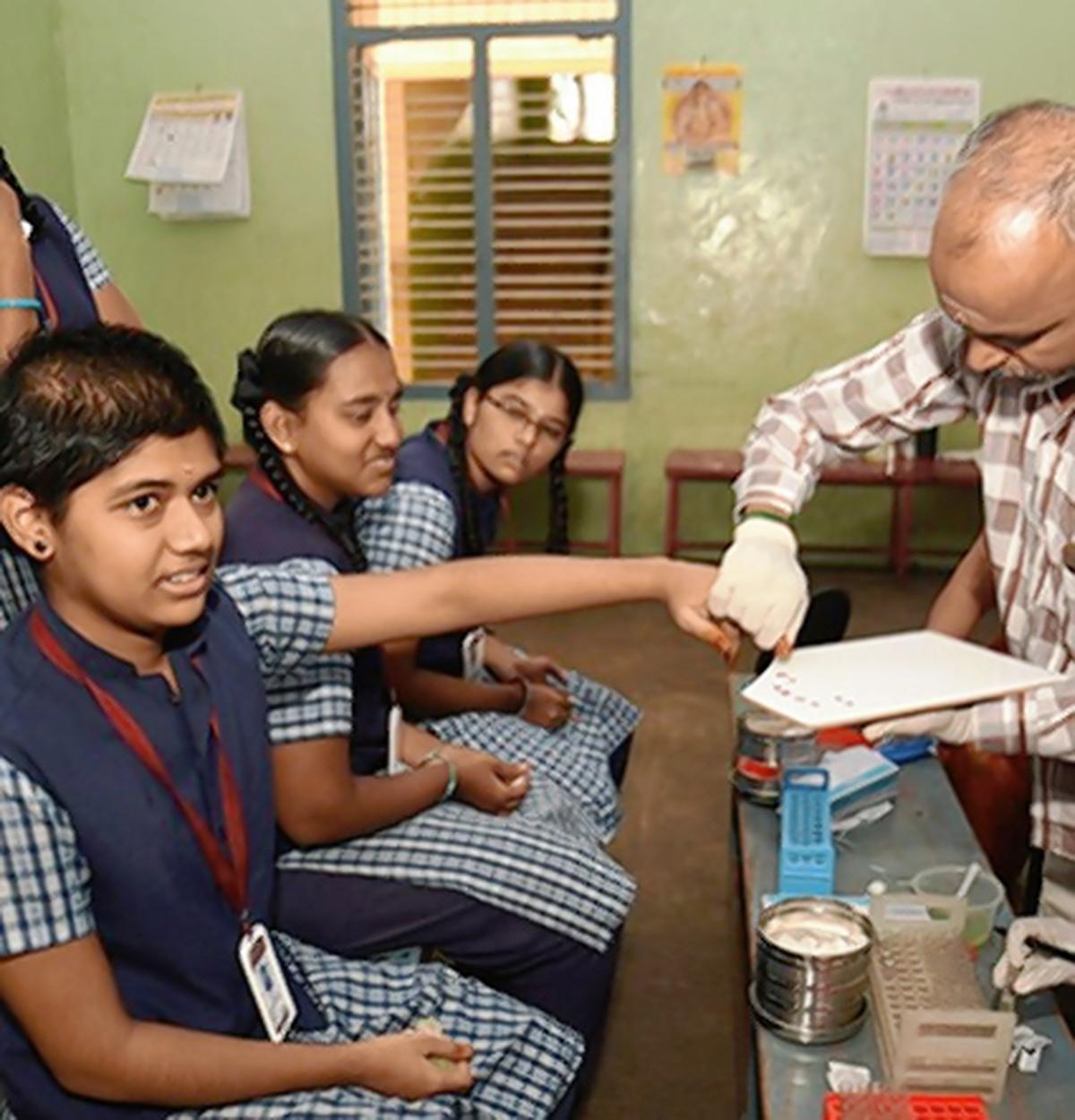- Anaemia questions are excluded from the National Family Health Survey (NFHS-6) due to accuracy problems, highlighting the importance of precise estimates in addressing India’s growing anaemia burden.
- The NFHS-5 statistics show a significant increase in anaemia prevalence in India, emphasising the importance of accurate estimates in effectively addressing this public health concern.

Anaemia: A Worse Threat
- Anaemia is characterised by low quantities of red blood cells or haemoglobin, which causes weariness and weakness.
- The primary cause is iron insufficiency, but deficiencies in folate, B12, and A also play a role.
- Nutritional deficits must be addressed for prevention and treatment.
Change from DABS-I to DABS-I for Anaemia Assessment
- For more reliable prevalence estimates, the Health Ministry shifted anaemia assessment to the Diet and Biomarkers Survey in India (DABS-I).
- The DABS-I is a thorough dietary survey that collects individual data to measure food and nutritional sufficiency across the country.
Reasons for Changing Methodology
- Concerns about over-diagnosis: Because of the different factors that determine anaemia, using WHO cut-offs may not be appropriate for the Indian population.
- Inadequacy of WHO Cut-Offs: Because the WHO’s haemoglobin cut-offs may not fully reflect the Indian anaemia condition, country-specific cut-offs are required.
- Methods of Blood Sampling Differ: Venous blood sample is more accurate than capillary blood collection, which was formerly utilised in surveys.
The Function of the DABS-I Dietary Survey
- The DABS-I collects precise food consumption data in order to identify nutritional trends and deficits that contribute to anaemia.
- It gives information on the nutrient makeup of foods from various places, allowing for more focused interventions.
Anaemia Prevalence in India
- Anaemia is a major public health concern in India, with a high prevalence across various population groups.
- Anaemia in Women: Data from national surveys show that anaemia affects a significant proportion of women in India, particularly those of reproductive age.
- Anaemia in Children: Anaemia is common among children in India, with a significant proportion developing the illness at a young age.
Factors of Risk and Causes
- Deficiencies in Nutrition: Iron deficiency is the leading cause of anaemia in India. Inadequate iron intake and absorption, as well as shortages in other critical minerals, all contribute to the problem.
- Poverty, limited access to nutritious food, and inadequate healthcare all contribute to the high frequency of anaemia in some socioeconomically disadvantaged communities.
- Infections and conditions: Malaria and helminthiasis, as well as chronic conditions such as kidney disease and cancer, might increase the chance of getting anaemia.
Influence on Health and Well-Being
- Anaemia can induce a variety of physical symptoms such as weariness, weakness, shortness of breath, and poor cognitive function.
- Maternal and Child Health: Anaemia raises the risk of problems during pregnancy and childbirth in pregnant women. It can also cause low birth weight and developmental problems in babies.
- Impaired Growth and Development: Anaemia can impede children’s growth, development, and overall well-being. It may have an impact on cognitive function, academic performance, and future production.
Initiatives and initiatives by the government
- National Nutrition Programmes: To combat anaemia and enhance maternal and child health, the Government of India has developed a number of programmes, including the National Iron+ Initiative and the Pradhan Mantri Matru Vandana Yojana.
- Iron and other vitamin supplementation programmes, as well as food fortification initiatives, aim to increase iron intake and combat anaemia.
- Public awareness campaigns and educational programmes promote nutrition, particularly among vulnerable groups, and raise knowledge about the necessity of addressing anaemia.
Challenges and Future Prospects
- Improving Access to excellent Healthcare and Nutritious Food: Improving access to excellent healthcare services, inexpensive nutritious food, and safe drinking water is critical in reducing anaemia in India.
- Collaboration Across Sectors: Addressing anaemia necessitates collaboration across multiple sectors, including healthcare, nutrition, education, and social welfare, in order to develop comprehensive policies and interventions.
- Evaluation and monitoring: Regular monitoring and evaluation of anaemia prevalence, intervention effectiveness, and progress towards goals are required to track progress and identify areas that require additional attention.
Source: https://www.thehindu.com/sci-tech/health/explained-why-is-india-rethinking-its-anaemia-policy/article66928573.ece
